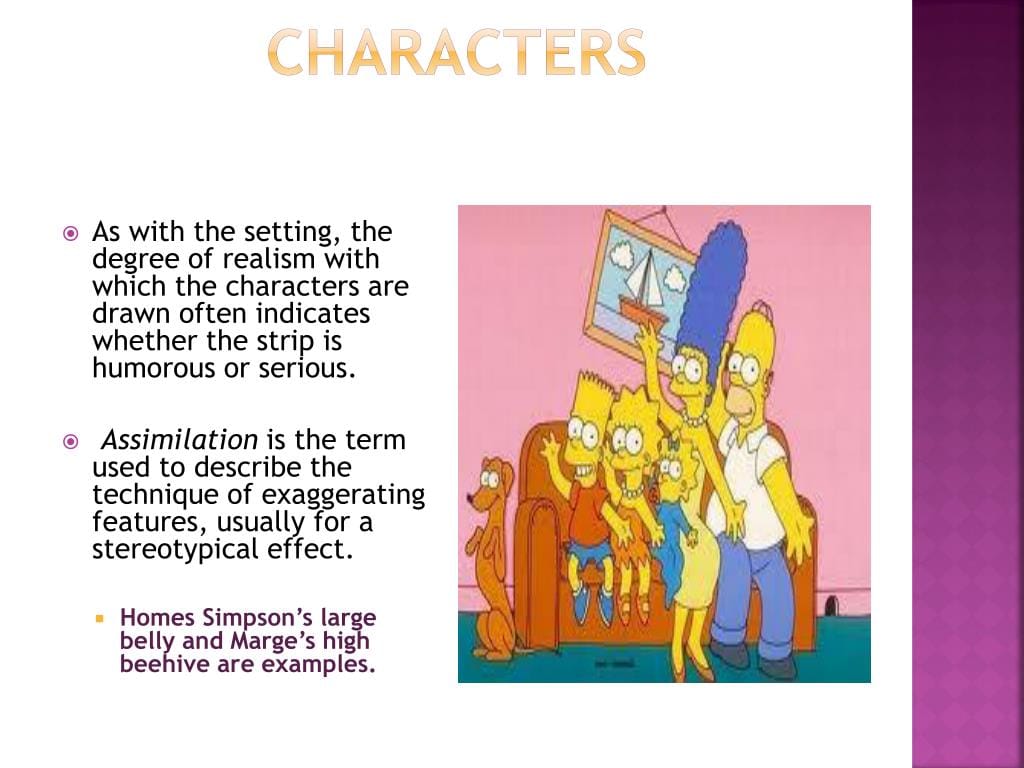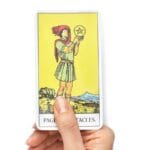Ever wondered how comic artists bring the often-intangible sense of smell to life on the page? Prepare to enter the quirky world of waftaroms, those whimsical lines and symbols that add an aromatic dimension to visual storytelling. This guide will explore what waftaroms are, their origins, how they function, and how you can use them to elevate your own comic creations.
What are Waftaroms?
Waftaroms are visual cues used in comics to represent smells. Think of them as the “nose” of the comic, offering a whiff of the scene even though the medium is purely visual. These aren’t random doodles; they’re carefully crafted symbols that communicate specific scents, enriching the narrative and immersing the reader more deeply in the story. Imagine a character walking into a bakery. A well-placed waftarom—perhaps curvy lines with small starbursts—can almost make you smell those warm, freshly baked cookies, adding a powerful sensory layer to the experience. Explore the breathtaking beauty of the Toroweap Overlook AZ, where the combination of visual grandeur and the imagined desert smells can create a truly immersive mental picture.
Waftaroms can depict a vast spectrum of aromas, from the delicate fragrance of flowers (represented by gentle, swirling lines) to the pungent stench of a villain’s lair (perhaps jagged, green zigzags). They can be simple or complex, subtle or dramatic, depending on the artist’s intent. They function as a secret language of smells, weaving an additional layer of sensory detail that enhances the reader’s experience.
The Origins and Grammar of Waftaroms
The credit for inventing waftaroms goes to Mort Walker, the celebrated cartoonist behind Beetle Bailey and Hi and Lois. Recognizing the importance of smell in our sensory experience, Walker sought a way to capture it visually within the static medium of comics. His solution was ingenious: a set of visual cues that would come to be known as “waftaroms.” He further codified this visual vocabulary in his book The Lexicon of Comicana, a dictionary of comic terms that formalized elements like blurgits (for motion) and plewds (for sweat droplets).
The visual grammar of waftaroms revolves around the shape, size, and intensity of the lines:
- Pleasant smells: Typically depicted with wavy, rounded, flowing lines, suggesting a gentle, inviting aroma.
- Unpleasant smells: Often represented by jagged, spiky lines with sharp angles, visually conveying a sense of repulsion.
- Strong smells: Communicated through thick, dark, intense lines, often radiating outwards from the source, indicating a powerful odor.
- Faint smells: Drawn as thin, wispy, barely-there lines, suggesting a subtle, elusive scent.
Just like spoken language, the interpretation of waftaroms can be subjective. What one reader perceives as the smell of fresh-baked bread, another might interpret differently. This nuance adds complexity and richness to their use, making them a fascinating subject within the art of comics. Uncover the secrets of Tokkuri, where the design of the bottle itself might visually suggest the contained aroma, much like a waftarom implies scent in a comic.
The Power of Suggestion and Practical Application
Waftaroms are more than just visual labels for smells; they tap into our memories and experiences. They act as triggers, prompting our imaginations to conjure the actual scent in our minds. This connection to personal experience enhances immersion and emotional impact. A pleasant waftarom might evoke feelings of comfort and nostalgia, while an unpleasant one could trigger disgust or even fear. This subtle manipulation of the reader’s emotional response, without explicitly stating it, is a testament to the power of visual storytelling.
If you’re an aspiring comic artist, incorporating waftaroms can significantly elevate your work. Here’s how:
Tips for Using Waftaroms
- Less is More: Avoid overwhelming the page with too many waftaroms. Use them strategically at key moments where the sense of smell plays a crucial role in the narrative.
- Context is Key: The waftarom should align with the context of the story and the character’s experience. A character smelling freshly baked cookies will evoke different waftaroms than one encountering a garbage dump.
- Think Outside the Squiggle: While traditional waftaroms often consist of lines and swirls, don’t be afraid to experiment. Explore different shapes, textures, and even colors to create unique and evocative effects. Perhaps a spicy smell could be represented by small flames, or a sweet smell by tiny hearts.
- Consider Your Audience: Younger readers might respond better to simpler, more exaggerated waftaroms, while older readers might appreciate more nuanced representations.
Ongoing Research and Future Directions
While the use of waftaroms is well-established in comics, research into their impact and effectiveness is still relatively new. Some theorists suggest a connection between how our brains process visual and olfactory information, potentially explaining why waftaroms, despite being purely visual, can so effectively suggest smells. Some studies may be underway exploring the specific ways our brains react to these visual cues.
Further research could explore various aspects of waftaroms, including:
- Cross-cultural interpretations: Do waftaroms have the same meaning across different cultures, or are there variations in how smells are visually represented?
- The influence of color: How does the color of a waftarom affect its perceived meaning? Can color enhance the suggestion of specific scents?
- The role of context: How does the surrounding artwork and narrative context influence the interpretation of a waftarom?
By mastering the art of waftaroms, you can add depth and nuance to your comics, engaging readers on a sensory level and immersing them in the world you create. This subtle yet powerful technique showcases the ingenuity of comic artists in finding creative ways to represent intangible concepts within the confines of a visual medium. So next time you’re reading a comic, take a moment to appreciate the waftaroms – they might just unlock a whole new dimension of the story.
- Unlock Elemental 2 Secrets: Actionable Insights Now - April 2, 2025
- Lot’s Wife’s Name: Unveiling the Mystery of Sodom’s Fall - April 2, 2025
- Photocell Sensors: A Complete Guide for Selection and Implementation - April 2, 2025

















2 thoughts on “Decoding the Whimsical World of Waftaroms: How Smell Takes Shape in Comics”
Comments are closed.